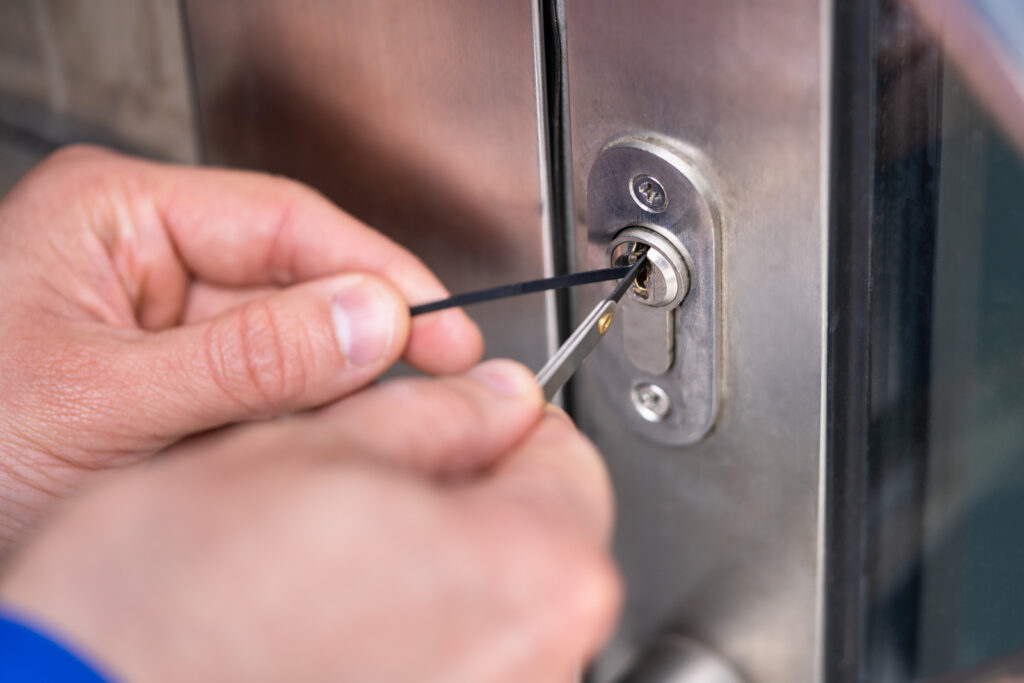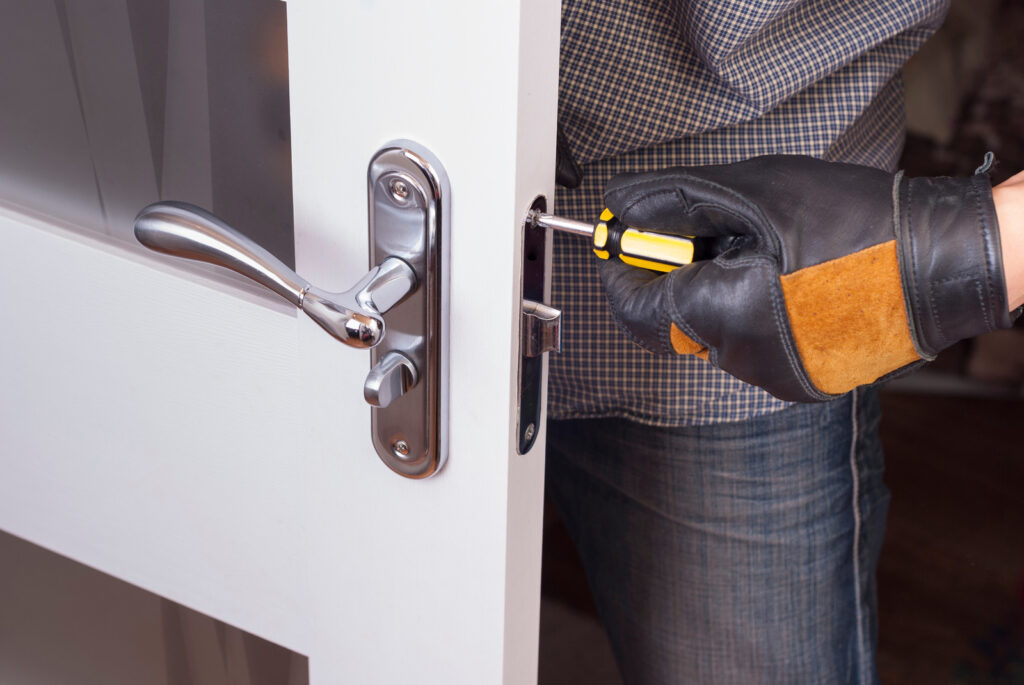Locks are crucial in maintaining security but can be susceptible to weather damage over time. Exposure to rain, snow, and extreme temperatures can cause locks to corrode, freeze, or malfunction. However, with proper care and maintenance, you can prolong the life of your locks and ensure they remain dependable. This guide will provide you with practical tips and tricks to protect your lock against weather damage.

1. Choose the Right Materials:
When choosing locks for outdoor usage, opting for materials resistant to rust and corrosion is important. Stainless steel, brass, and bronze are excellent choices as they have the ability to withstand exposure to moisture without deteriorating. Investing in high-quality locks made from such durable materials is the first step in weatherproofing your security system.
2. Apply Lubrication:
Regularly lubricating your locks is crucial to maintain their top condition, especially when they are exposed to harsh weather conditions. We recommend using a silicone-based lubricant to coat the lock’s internal components, including the cylinder and keyway. This will prevent moisture from entering the lock and causing rust while ensuring smooth operation.
3. Install Protective Covers
If your locks are exposed to direct rainfall or snowfall, consider installing protective covers to shield them from the elements. Different types of covers are available, such as plastic or metal enclosures specifically designed for outdoor use. Installing such covers can help prevent water from entering the lock mechanism, which could otherwise cause damage.
4. Seal Gaps and Cracks:
Please inspect the area surrounding your locks to check for gaps or cracks that could allow water to enter. Use weatherstripping or sealant to fill these openings to create a tight seal. Pay close attention to the space between the door and the frame and any holes drilled for lock installation.

5. Keep Keyholes Clear:
During the winter season, when temperatures drop significantly, the moisture inside the keyway can freeze and create ice, making it difficult to insert the key. To prevent this problem, make sure to keep the keyhole free from any debris and moisture. If you notice any ice formation inside the lock, you can use a de-icing solution or a hairdryer to melt it and make the lock functional again.
6. Schedule Regular Maintenance:
Developing a routine of inspecting and maintaining your locks is important. Take a close look and check for any signs of wear and tear, such as loose screws or stiff mechanisms, and address any issues you find without delay. Regular maintenance can help you identify potential problems before they become more significant.
Conclusion– Protect your Lock
It is crucial to safeguard your locks from weather damage to maintain the security of your home or business. By following some useful tips and tricks, you can prolong the lifespan of your locks and ensure they remain reliable in any weather condition. From selecting the right materials to applying Lubrication and installing protective covers, a little effort can go a long way in protecting your security system.